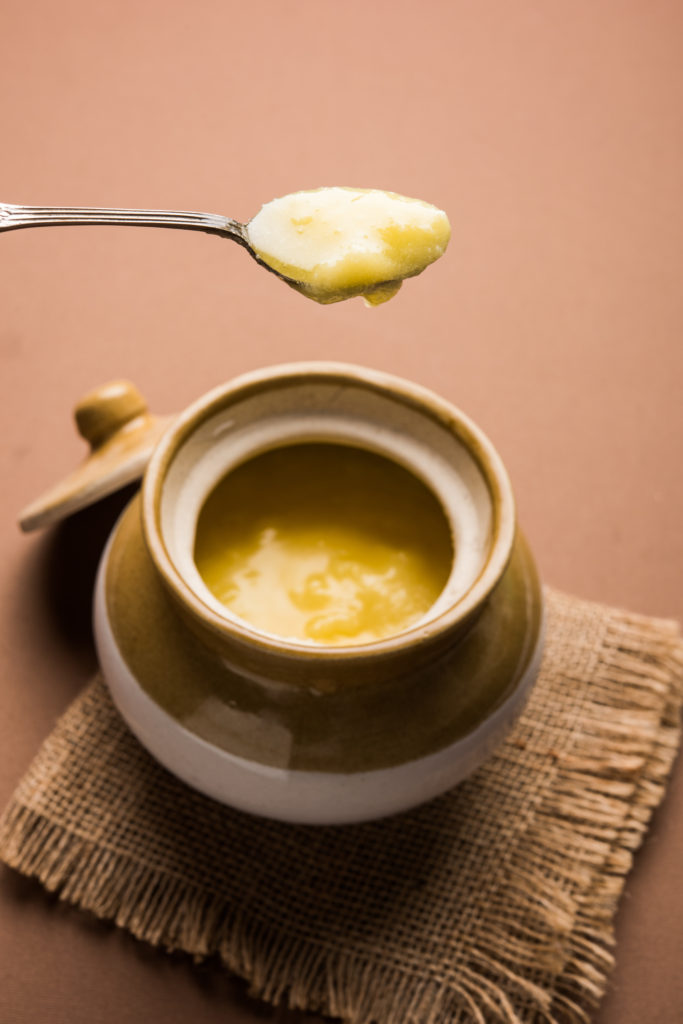Place any amount of unsalted butter in a deep porcelain, Pyrex or stainless steel pan over medium-low heat. (Be sure that the butter does not scorch while melting) Allow complete melting to occur, and then reduce the heat to low.
Now take your very clean hands and start mixing it all into a nice ball. You should knead it for about ten minutes so that you have a smooth well formed dough ball.
Combine the first three ingredients and set aside. Mix together the wet ingredients and pour over the dry ingredients, and stir to combine. Once mixture comes together, knead for 10 minutes, and then set aside to rise until doubled in bulk. Punch down dough and divide into 6 portions. Roll or pat out thinly into a large circle, then pull on one end to stretch to the traditional teardrop shape. Bake for 8 to 10 minutes on a pizza stone in a 475 degree oven, or on baking sheets. If making over a grill, set over high heat, close lid and check after 1 minute. If well browned, flip for 1 minute or more until done on both sides.
Collect a liter of cream from milk. I collect the cream from milk every day. After collecting for odd ten days and storing in a cold storage or freezer, I remove on the day when the container seems to be full. If possible, collect a liter of cream from the milk on the day when you wish to make ghee.

Just before your food is served, they serve you the Chutneys that they are famous for. It comes with a handle that supports four containers. One of it is a pure coconut chutney and the others are dal-based chutney, tomato chutney and ginger chutney. The sambar they serve you here is obviously made with love as get more info the ingredients perfectly blend and yet it's not thick.
Jalebi: Jalebi is a popular festival sweet in which the main ingredient is flour (maida). It is a coil shaped sweet which is dipped in sugar syrup. We can find the reference of Jalebi in the old 13th century cookbooks. But originally the sweet comes from Iran where it was known as Zlebia. Through trade and culture diffusion, in India it become popular by the name of Jalebi as Z is replaced by J in most Indian languages. In Iran during the Ramadan, Zlebia was distributed among the poors. Jalebi is served both warm and cold and in some parts of India it is served along with a glass of milk.
Paratha breads are best eaten within a half hour of cooking them but I have warmed them up in the microwave after a couple of days an they still taste amazing.